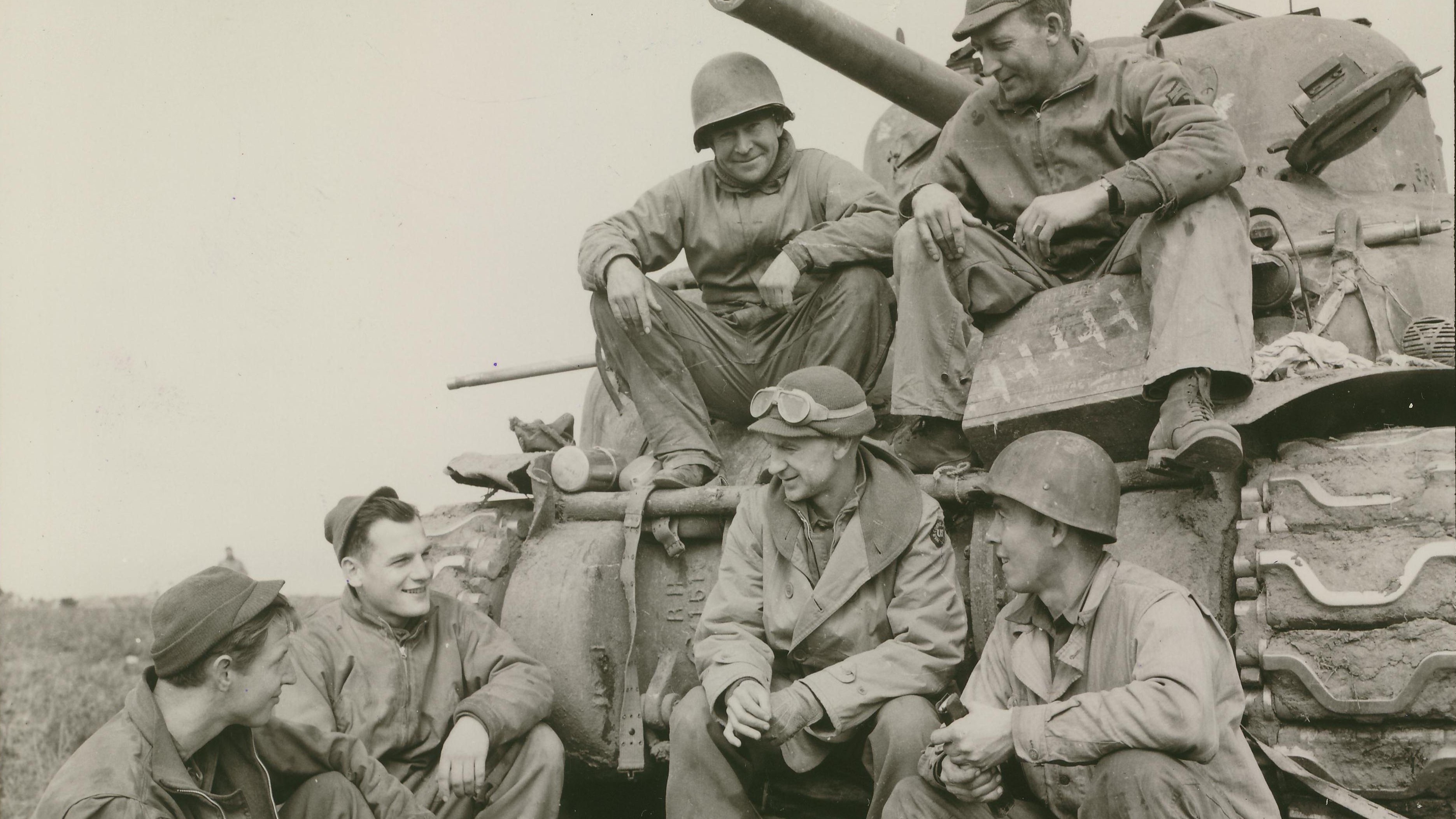Authors:
Historic Era: Era 8: The Great Depression and World War II (1929-1945)
Historic Theme:
Subject:
November 1998 | Volume 49, Issue 7


Authors:
Historic Era: Era 8: The Great Depression and World War II (1929-1945)
Historic Theme:
Subject:
November 1998 | Volume 49, Issue 7
Editor's Note: Last fall, the author published his book Citizen Soldiers: The U.S. Army From the Normandy Beaches to the Bulge to the Surrender of Germany, June 7, 1944-May 7, 1945. It quickly bounced onto bestseller lists across the country, and the reason this happened is suggested in the rich and moving correspondence it had the power to generate among its readers. Stephen Ambrose fashioned these letters into the essay that follows, which runs as an afterword in Touchstone’s new paperbound edition of Citizen Soldiers.
“So, thank you for writing a book about my war. I think that in a way it gave me a feeling of a certain kind of peacefulness, as if something has been put to rest by the telling.”
In a handwritten letter, a former private, James Howley, recalled, “I am one of the soldiers you wrote about.” He was drafted in 1943, trained in Texas, shipped over to Scotland in the spring of 1944, across the English Channel on D-day plus ten and assigned to the 9th Infantry Division. “I was trained as a wire man and sent over as a rifleman with no infantry training, then put on an antitank gun that I never had seen until then. My job became digging holes. We crossed the Rhine at night before the bridge collapsed and got a half track full of Schnapps—about eight or ten cases. For a few days we didn’t care whether it rained or snowed. One of the guys we called ‘mole’ because he could always find a hole to jump into at the slightest sound. After we got that Schnapps he went out on a .50 caliber MG when a Jerry plane came over and fired up at it. The plane turned on him and in its strafing run killed him and a radio man.”
The letters contain a fair amount of complaints, a principal one being that I left out this or that division, which is fair enough, but I can’t do anything about it now, and anyway the book was not intended to be a comprehensive history. One veteran’s criticism was that I made only a single mention of the National Guard. Guilty. My only excuse is that I just figured everyone knows that the 29th Division (242 days in combat, 204 percent turnover), which plays a major role in my account, was a National Guard division (the “Blue and Gray,”